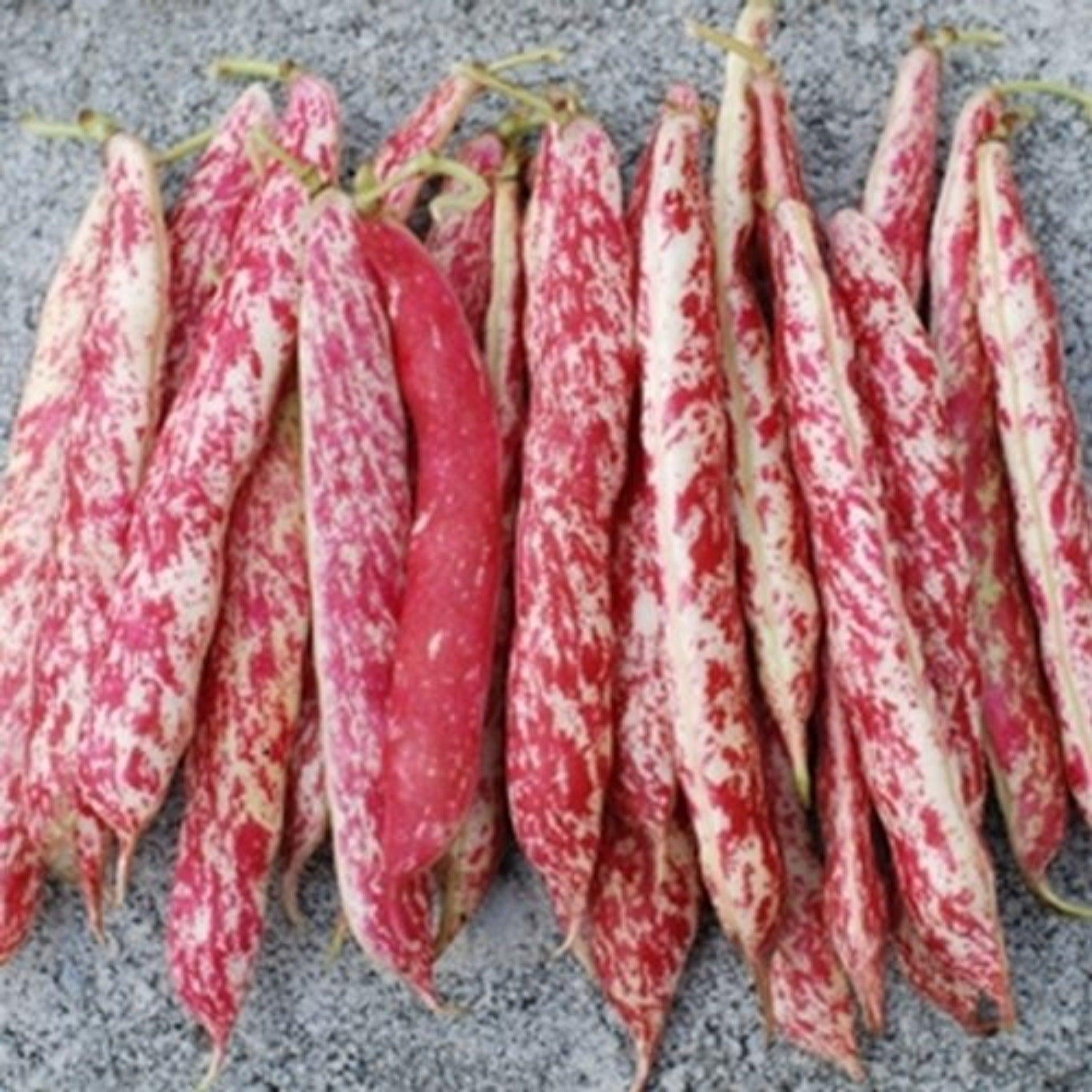
Dwarf Horticultural Bush Bean - Heirloom, Non-GMO Seeds
This dwarf horticultural bush bean is an oldie but a goodie, dating back to the early 1800s. Grown mainly as a fresh shelling bean, the pods can also be eaten when they are small and tender. These beautiful bean pods start bright green then develop magenta coloured flecks and pale yellow-white skin as they mature. The bean seeds have a wonderful creamy, nutty flavour.
Eat the shelled beans fresh, frozen or canned. The dried beans are easily extract from their pods for winter storage.
Choose options

Dwarf Horticultural Bush Bean - Heirloom, Non-GMO Seeds
Sale price$2.50
